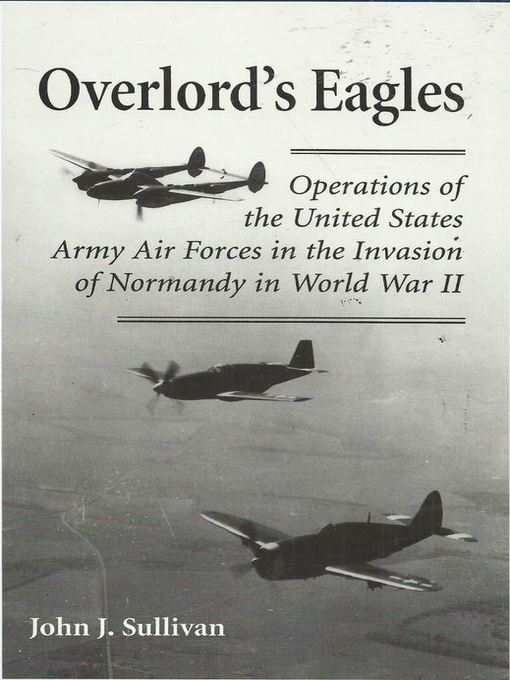- Big Indie Read
- Newly Added eBooks
- It must be love
- Lost in translation
- Cops and Robbers
- Family ties
- eBooks always available
- Newly Added books for adults
- Embrace the Hygge Life
- eBooks in Ukrainian
- 2nd Air Division WWII Collection
- Most Popular eBooks
- Fiction available to borrow now
- See all
- Newly Added Audiobooks
- Audiobooks available to borrow now
- Most Popular Audiobooks
- Try Something Different
- Audio book stories for older children
- See all
- Back to School
- New eBooks
- New Audiobooks
- Most Popular
- All Fiction
- All Nonfiction
- All Audiobooks
- Great Picture Books
- Stories for older children
- Audio book stories for older children
- Read for Empathy
- Early Readers
- Celebrating our community
- See all
- New eBooks
- New Audiobooks
- Most Popular Teen titles
- All Fiction
- All Nonfiction
- All Audiobooks
- Manga Collection
- Graphic Novels
- Favourite Fiction
- Always Available
- LGBTQ+ YA
- Young Black Stories Matter
- Reading Well for Teens
- See all

